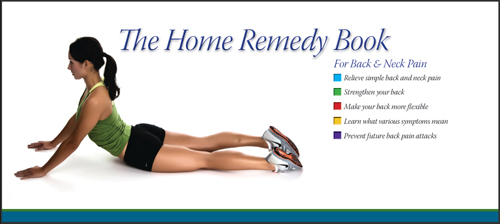- Locations
- Find a Physician
- By Physician
- By Department
- The Center for Spine Health
- Hand & Wrist Center
- Shoulder & Elbow Center
- Foot & Ankle Center
- Joint Replacement Center
- The Sports Medicine Center
- Pediatric Orthopedic Center
- Trauma & Fracture Center
- Osteoporosis and Bone Health
- Oncology Center
- Cartilage Repair Center
- Concussion Rehab Center
- OrthoDirect
- Careers
- Patient Portal
- Intranet
 Overview
Overview
Golfer’s elbow is a form of tendonitis that can cause pain and inflammation in the tendons that connect the forearm to the elbow. Golfer’s elbow is a less common form of elbow tendinitis than tennis elbow. The pain begins on the medial epicondylitis and may radiate into the forearm. It often gets better with rest.
Golfer’s elbow is usually caused by overusing the forearm muscles. These smaller muscles lets you grip, rotate your arm, and flex your wrist. Any hand, wrist, or forearm motions can lead to golfer’s elbow. Repetitive gripping or swinging can cause tiny tears in the tendons.
Often golfer’s elbow can be caused by an incorrect golf swing that hyperextends the right arm at impact which puts additional stress on the elbow joint and tendons. A golfer can reduce this stress by having a golf lesson with a PGA-certified professional who can instruct the golfer on correct technique through the impact position.
Throwing a ball incorrectly can also lead to golfer’s elbow.
The symptoms of Golfer’s elbow include elbow stiffness, tenderness and pain on the inner side of the elbow or forearm, tingling or numbness in fingers, or weakness in the hands and wrists.
Golfer’s elbow is caused by any repetitive activity that flexes the wrist in activities that involve gripping or working on an assembly line. Golfer’s elbow is also caused by repetition and overuse, but from overuse of the wrist flexors. Wrist flexors are muscles on the front and middle aspect of the forearm that closes the angle at the wrist joint.
Things that can lead to golfer’s elbow besides golfing include using incorrect techniques when playing sports that use a racket, such as tennis, or playing sports that rely on lots of throwing movements, like softball.
Using the wrong technique with poor posture can overwork the elbow’s tendons and muscles.
Treatment
Treatment is very similar for tennis elbow and golfer’s elbow, which includes rest and time off from the activity causing the pain. Physical therapy, stretching, strengthening exercises can help reduce the pain and recovery. Biomechanics and limiting any repetitive activity plays an important role for elbow maintenance and prevention. Once pain symptoms have lessened, a therapist may recommend simulating the movement of the racquet starting with a small 2 pound dumbell to strengthen the tendons. A tennis lesson that focuses on correct stroke mechnanics and a change in racquet or string tension can be part of a successful return to tennis.
[Top]








